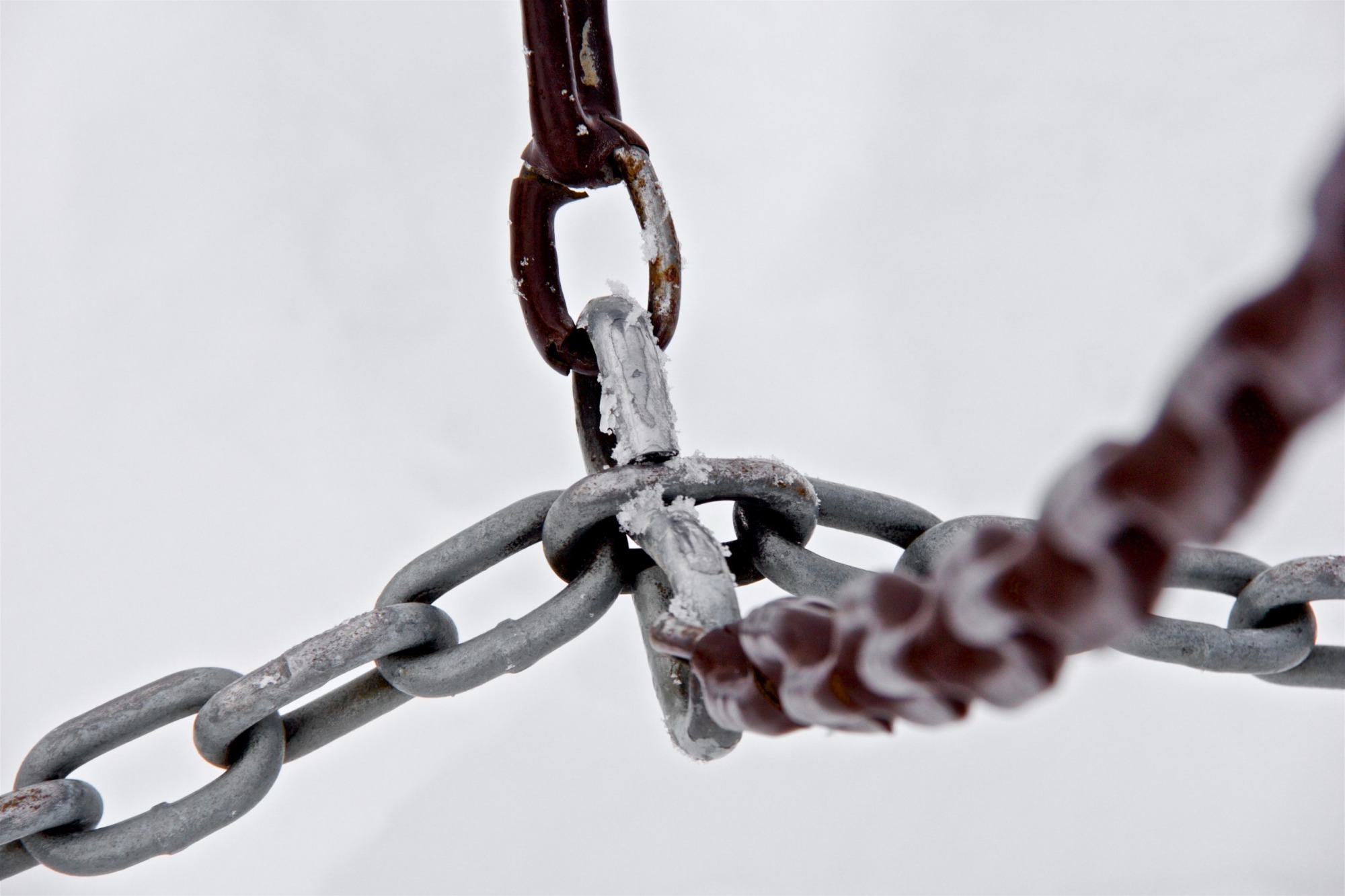
To understand how to lower your bounce rate, we first have to define what a bounce rate actually is. This is the percentage of people who just enter your website without viewing anything on it. In other words, someone Googles something, they enter your site, they don't see what they need and bail completely. In other words, they bounce. Having a high bounce rate can really hurt your business, which is why it's important to get to the cause of the problem. You can work towards lowering your bounce rate, though.
Decrease the loading time
You could have a very well-designed website with relevant information and a lot to offer, but if the loading time is too long, no one will stick around to see it. This is the age of fast living and fast internet surfing. No one has the time or the patience to wait for your website to load.
This is why you should try to segregate your information. If your site is content heavy, don't pack it all into one page. That will take ages to load. Instead, your main page should be devoted to categorizing the information you're trying to convey.
Don't forget to update your website regularly and add all the necessary plugins. There are always no trends to follow when it comes to improving websites, and most of them deal with making your site faster. Don't be afraid to do thorough research and ask around. Finally, put yourself in your user's shoes. Would you stick around if a website took ages to load?

Improve internal linking
Internal linking is extremely good for your SEO, but also for lowering your bounce rate. This is because, when people click the internal links that you included, they end up spending more time on your website. The goal of internal linking is to always invite people to explore your website further.
This means that you have to have quality content to link and for them to explore, though. Then, you can divide your links into contextual and non-contextual. The first group refers to all the links that can be found in an article, i.e. in the given context. The second, on the other hand, can be placed at the bottom of the article, suggesting more interesting topics to the user. They don't have to do much with what the user just read, they're simply there to promote more content.
In that spirit, creating content should be your primary goal if you aim to implement the strategy of internal linking. Due to Google policies, you'll have to work on the quality rather than the quantity of your content, though.
After all, this will go a long way in helping you with improving your SEO and your rankings. Don't worry, though, it's not expected of you to be familiar with all of this information or to optimize your content and SEO by yourself. You can always turn to the knowledgeable SEO Sydney Experts for help. Their expertise will be what launches you in the world of SEO and higher rankings. If you're not near Australia, you could at least shoot them an email for some advice, as they are practically the best in the business. In other cases, you may want to find the local experts.

Make your content easy to read
It's simple, if they can't read it, they won't stick around. Content should be displayed over several short paragraphs with subheadings. This way, your users will easily be able to navigate the information and find what they need.
When a user encounters a huge block of text, all they will do is scan the first two sentences, get bored, and bounce. This is why it's imperative not to fall into that trap. To make things even more interesting, you can add some photographs.
Your aim is to captivate the user while also providing relevant information. This way, they won't have the need to leave your website. Their needs will be satisfied. In other words, they'll find what they were looking for but stick for the creative and relevant content which satisfies their curiosity fully.
This can have another type of effect, too. You can be perceived as an expert more easily, thus successfully building your reputation in the field. Those perceived as knowledgeable don't suffer from high bounce rates, as users trust them to provide all the necessary information in an approachable way.
Conclusion
Having a high bounce rate is nothing to fear. In fact, it is one of the most common problems in business. There are many reasons your website can have a high bounce rate, but this shouldn't demotivate you. On the contrary, it should push you to work harder and better so as to achieve the results you were aiming for.
Guest Author

Nick Brown is a blogger and a marketing expert currently engaged on projects for Media Gurus, an Australian business, and marketing resource. He is an aspiring street artist and does Audio/Video editing as a hobby.
